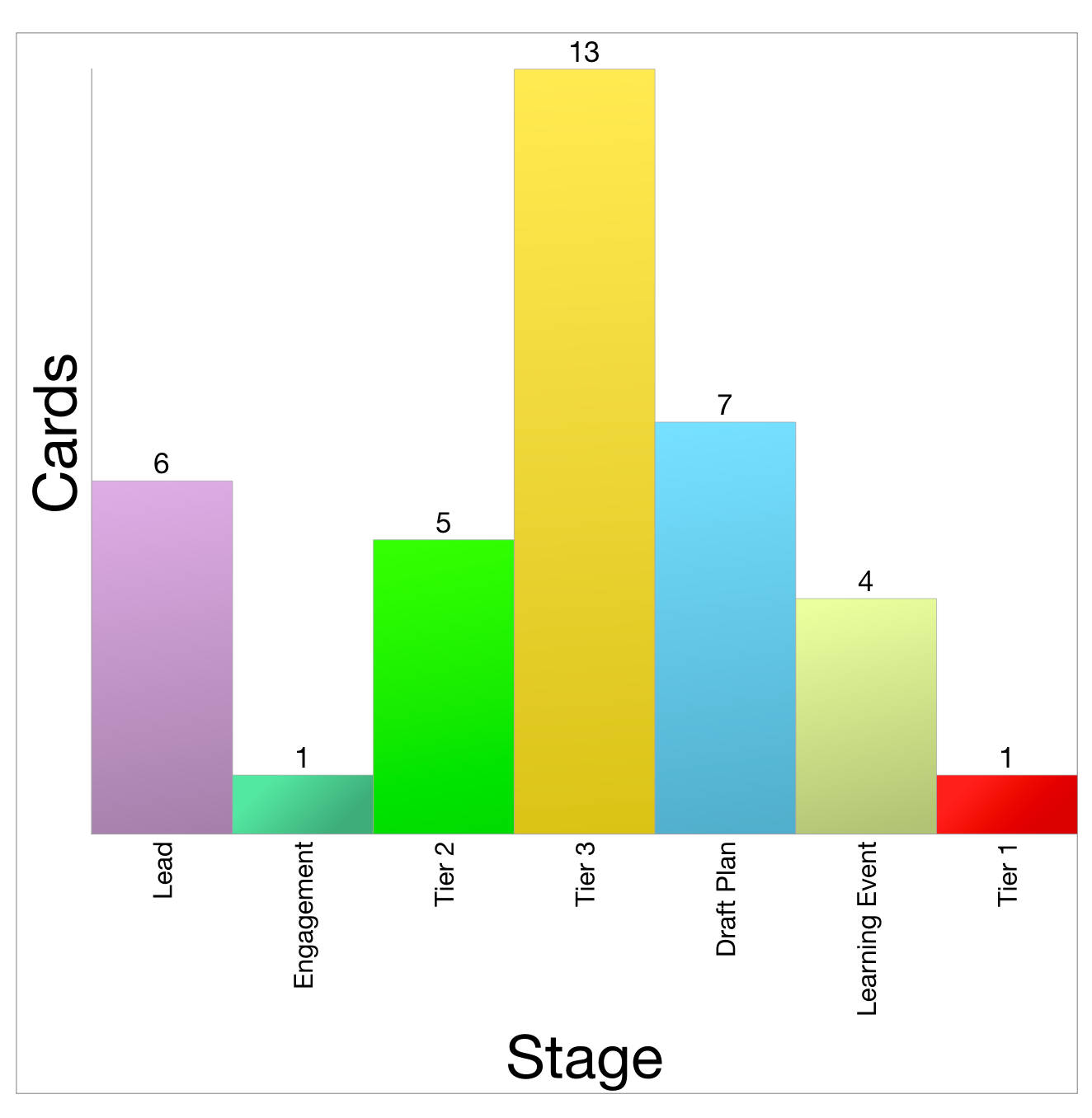

Cohen (Louisiana State University) Graham Denham (University of Western Ontario) Michael Falk (Northern Arizona University) Daniel Matei (MSRI) Stefan Papadima (Romanian Institute of Mathematics) Richard Randell (University of Iowa) Hal Schenck (Texas A&M University) Alexandru Suciu (Northeastern University) Hiroaki Terao (Tokyo Metropolitan University) Masahiko Yoshinaga (RIMS) Sergey Yuzvinsky (University of Oregon) Show less Talks will range from introductory lectures on the history and main "classical" results, to surveys of the most active areas of current research, to talks by younger researchers on important recent advances. This workshop is intended as an introduction to the theory of hyperplane arrangements for mathematical scientists not (yet) active in the field, or just entering it aimed particularly at graduate students and postdocs and at researchers who may already be working in other but related areas. With a history that reaches back only thirty-five years, this relatively young field affords many opportunities for newcomers. Techniques developed for the study of arrangements have been successfully exported to other settings. Arrangements play vital roles in many different areas, and provide a fertile source of examples and problems to which one may apply one's "favorite tool", often with positive results. Among its many attractive features, perhaps the main one is the strong interaction between the topological, geometric, algebraic, combinatorial, and analytic aspects of arrangements. Cohen (Louisiana State University) Graham Denham (University of Western Ontario) Michael Falk (Northern Arizona University) Daniel Matei (MSRI) Stefan Papadima (Romanian Institute of Mathematics) Richard Randell (University of Iowa) Hal Schenck (Texas A&M University) Alexandru Suciu (Northeastern University) Hiroaki Terao (Tokyo Metropolitan University) Masahiko Yoshinaga (RIMS) Sergey Yuzvinsky (University of Oregon)įrom its origins in the study of braids, discriminants, and configuration spaces, there has developed a rich and rapidly-growing theory of complex hyperplane arrangements.


From its origins in the study of braids, discriminants, and configuration spaces, there has developed a rich and rapidly-growing theory of complex hyperplane arrangements.


 0 kommentar(er)
0 kommentar(er)
